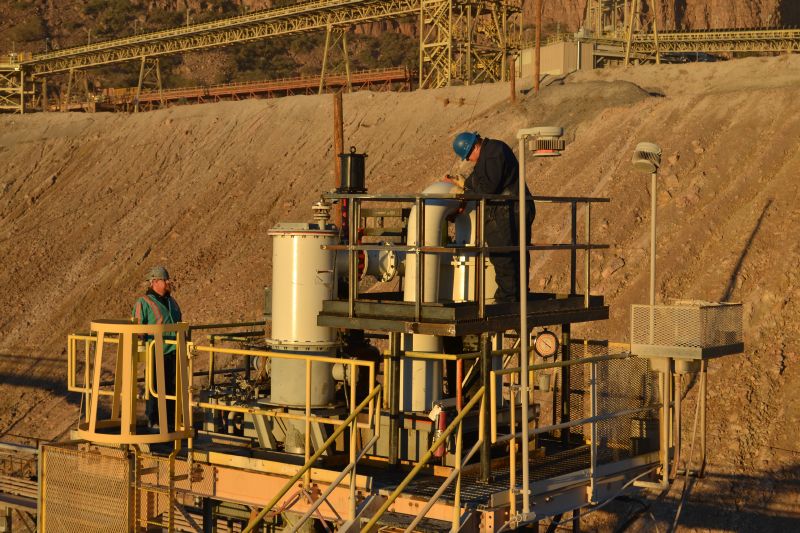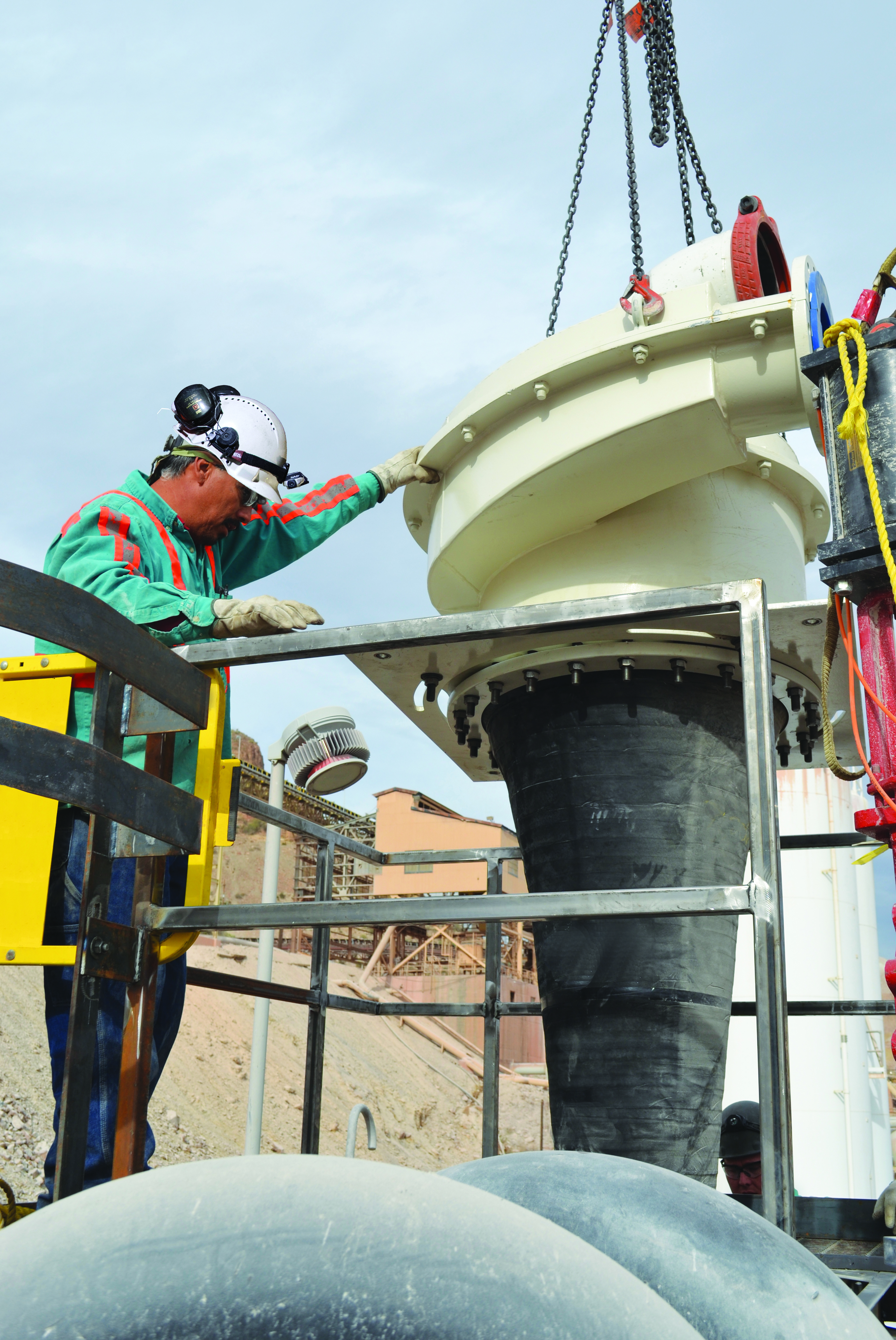In the previous post, we discussed how the design of the MHC™ series helps to balance cost and performance of a grinding circuit. But how does it apply to a real-life operation? Based on extensive market research and industry feedback, the MHC™ Series hydrocyclone was developed focusing on delivering improved process performance and maintainability. To make sure the designed features meet the targeted results in production, we launched an extensive validation process covering various hydrocyclone sizes and applications in both pilot and field trials.
Validating the design in a laboratory environment
The laboratory testing was performed in our York Laboratory in Pennsylvania, US. The targets for the initial testing were to evaluate efficiency, sharpness, fines bypass, and cut size for a homogenous ore type (limestone).
The results from the laboratory test indicated very encouraging performance from the MHC™ internal geometry. At a reasonable operating pressure of 124 kPa, the cut size on a 250 mm hydrocyclone is below 30 microns. When operating in this condition, the cyclone efficiency is almost 90%. Efficiency is defined as the mass percentage of product size in the hydrocyclone feed that reported to the overflow (product size defined at the 80% passing point of the overflow).



